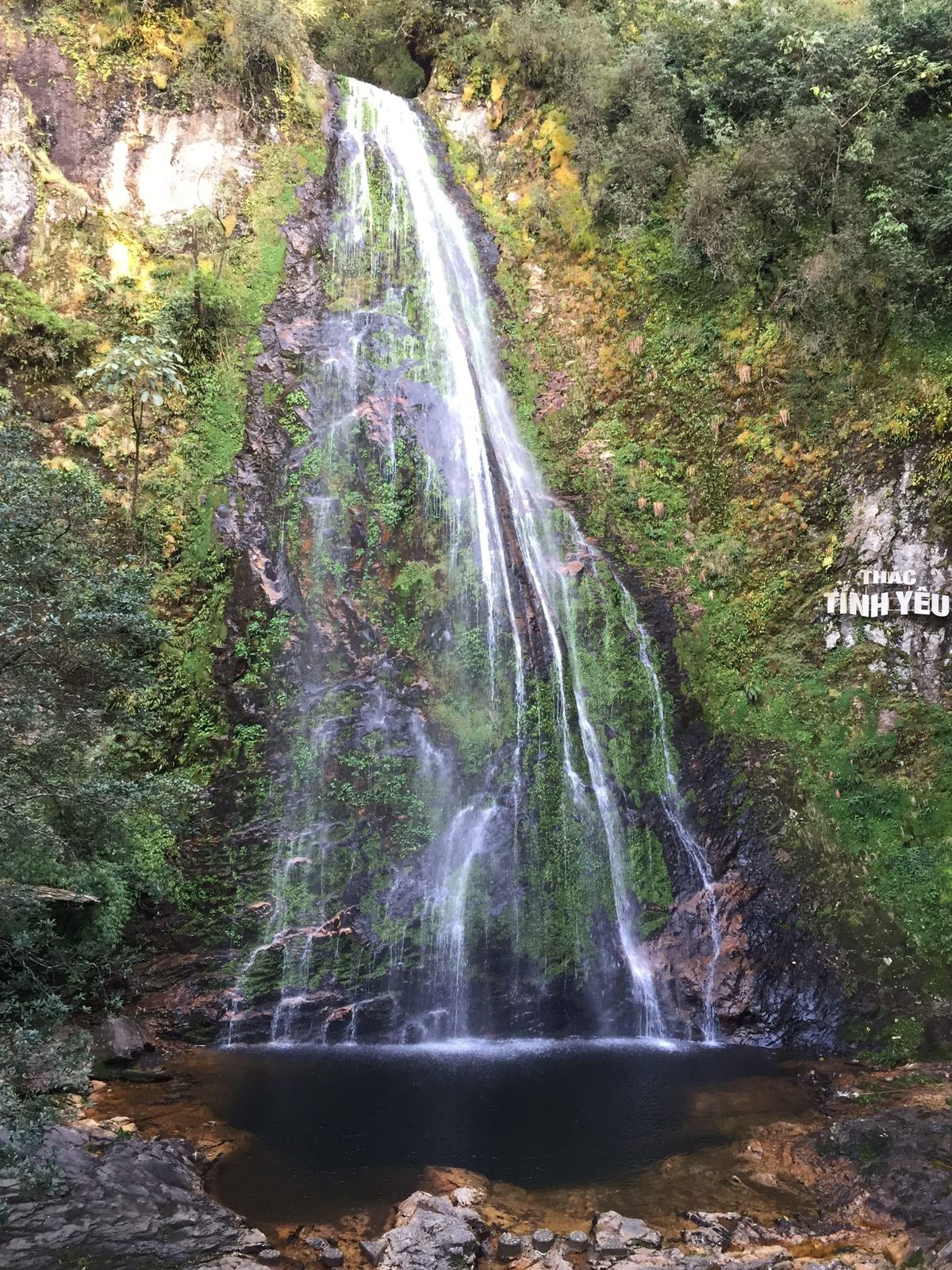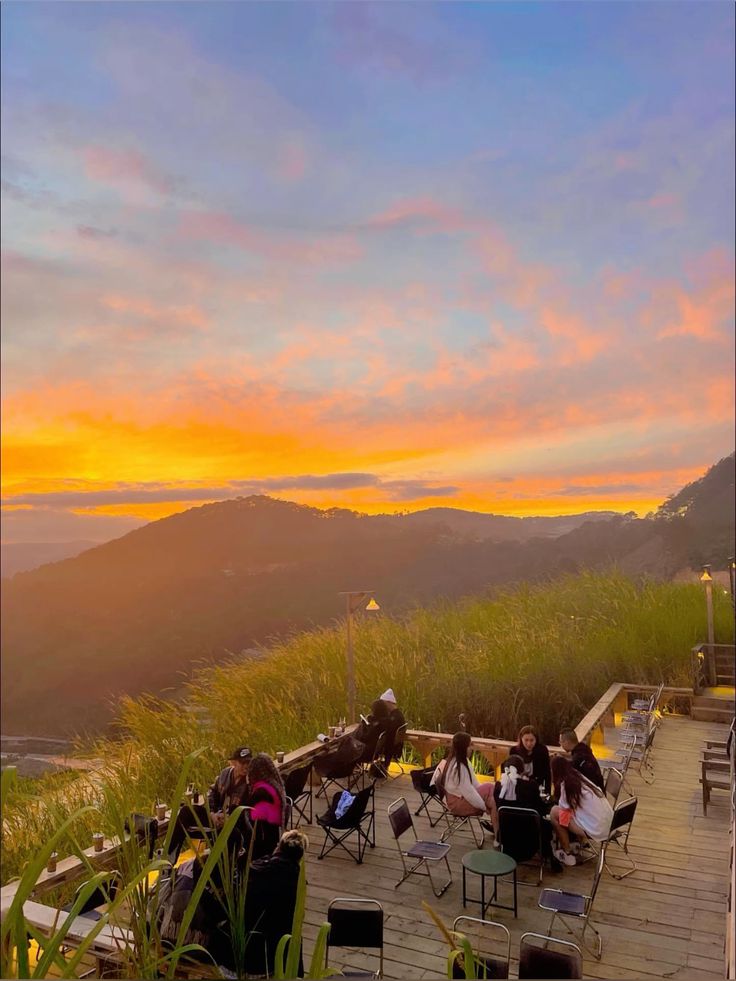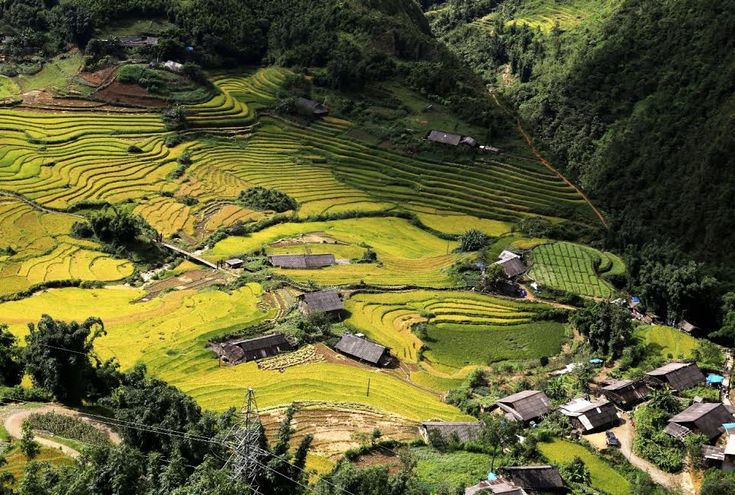What’s Great About Sapa? A Journey of Discovery and Real Travel Experiences
Discover what makes Sapa truly special — from stunning terraced rice fields and cloud-hunting peaks to rich local cultures and unique cuisine. This detailed guide shares real travel experiences and essential tips for exploring Sapa to the fullest.
What’s Great About Sapa? A Journey of Discovery and Real Travel Experiences
Introduction
Nestled in the misty highlands of northwest Vietnam, Sapa is a dream destination for nature lovers, culture seekers, and adventure travelers. With its cool climate, stunning landscapes, and rich ethnic diversity, Sapa welcomes millions of visitors each year. But what exactly makes Sapa special? In this article, we’ll explore the best of Sapa through firsthand experiences and practical tips to help you enjoy a memorable trip.
1. Breathtaking Natural Scenery
? Terraced Rice Fields – A Masterpiece of Mountain Agriculture
Sapa is world-renowned for its terraced rice fields, which cascade down mountainsides like waves frozen in time. During the harvest season or water-pouring season, valleys like Muong Hoa, Ta Van, and Lao Chai turn into golden or mirror-like landscapes – a photographer’s paradise and a nature lover’s dream.
? Mount Fansipan – The Roof of Indochina
Standing at 3,143 meters above sea level, Mount Fansipan is the tallest peak in Vietnam and all of Indochina. Whether you trek to the top or take a scenic cable car, reaching the summit is a rewarding experience with panoramic views of clouds and mountains.
☁ Cloud-Hunting – A Magical Experience
Sapa is one of the best places in Vietnam to chase clouds. In the early morning, thick blankets of clouds drift over valleys and mountains. Popular cloud-hunting spots include O Quy Ho Pass, Ham Rong Mountain, and Fansipan peak.
2. Rich Ethnic Cultures & Local Life
Sapa is home to several ethnic minority groups, including the Hmong, Red Dao, Tay, Giay, and Xa Pho. Each group contributes to the cultural richness of the region with their unique languages, clothing, traditions, and festivals.
? Village Homestays – Live Like a Local
Stay in ethnic homestays in villages like Ta Van, Lao Chai, or Ta Phin to immerse yourself in the rhythms of mountain life. Guests can cook local dishes, learn traditional crafts like dyeing or weaving, and join cultural activities with the host families.
? Weekly Markets – The Heartbeat of the Highlands
Local ethnic markets such as Bac Ha, Can Cau, or Sapa market are not just for trade – they are colorful gatherings where people meet, eat, chat, and celebrate. It’s a great place to explore local crafts, food, and friendly smiles.
3. Must-Visit Places in Sapa
? Muong Hoa Valley
A stunning valley with ancient carved stones and vibrant rice terraces, Muong Hoa is perfect for light trekking and learning about the lives of the ethnic people living along the route.
? Love Waterfall & Silver Waterfall
These two scenic waterfalls near Sapa town offer a peaceful escape into nature. Surrounded by forest and fresh air, they’re ideal for photos and short walks.
? Stone Church (Sapa Cathedral)
Located in the center of town, this historic church is a symbol of Sapa’s French colonial past. It also hosts weekend events like cultural performances and the famous "Love Market."
? O Quy Ho Pass
One of Vietnam’s four greatest mountain passes, O Quy Ho offers stunning views and winding roads along the mountain ridge. It’s the perfect spot for sunrise or sunset photography.
4. Sapa Cuisine – Flavors of the Mountains
Sapa’s cuisine reflects the region’s culture and climate. Meals are often made with fresh, local ingredients, served warm and hearty – perfect for the cool weather.
- Thang Co – A traditional stew of the Hmong people, rich and bold.
- Hotpot with salmon or sturgeon – Perfect for sharing during chilly evenings.
- Smoked buffalo meat – Preserved by drying over wood smoke, full of flavor.
- Colorful sticky rice, bamboo-cooked rice, wild vegetables, mountain mushrooms – All unique local specialties.
- Homemade liquors – Such as apple wine, corn wine, or San Lung rice wine – popular among locals and visitors alike.
5. Real Travel Tips for Sapa
✅ Best Time to Visit
- March – May: Dry, cool weather with blooming peach and plum blossoms.
- September – November: Harvest season with golden rice fields and clear skies.
- December – February: Cold and sometimes snowy – a rare sight in Vietnam.
✅ Getting There
Sapa is accessible from Hanoi via sleeper bus, train, or private car. Once in town, motorbike rental is a popular option for exploring the surrounding villages and attractions.
✅ What to Pack
- Warm clothes and comfortable walking shoes.
- Basic medicine, personal ID documents.
- A power bank and flashlight if staying in remote homestays.
✅ Things to Keep in Mind
- Respect local customs – always ask before taking photos of people.
- Avoid littering; help protect the environment.
- Be cautious on winding mountain roads, especially in foggy weather.
Conclusion
What’s great about Sapa? It’s more than just a scenic mountain town – it’s a place where nature and culture meet. With majestic landscapes, warm-hearted locals, unique traditions, and delicious food, Sapa offers an experience that touches the soul.
Please call:/Whatsapp: (+84) 989661264 / (+84) 937809095
(Mr Truong John)
To get Bus Ticket With high Quanlity & Cheapest Price
E - mail: xedisapa@gmail.com







main.comment_read_more